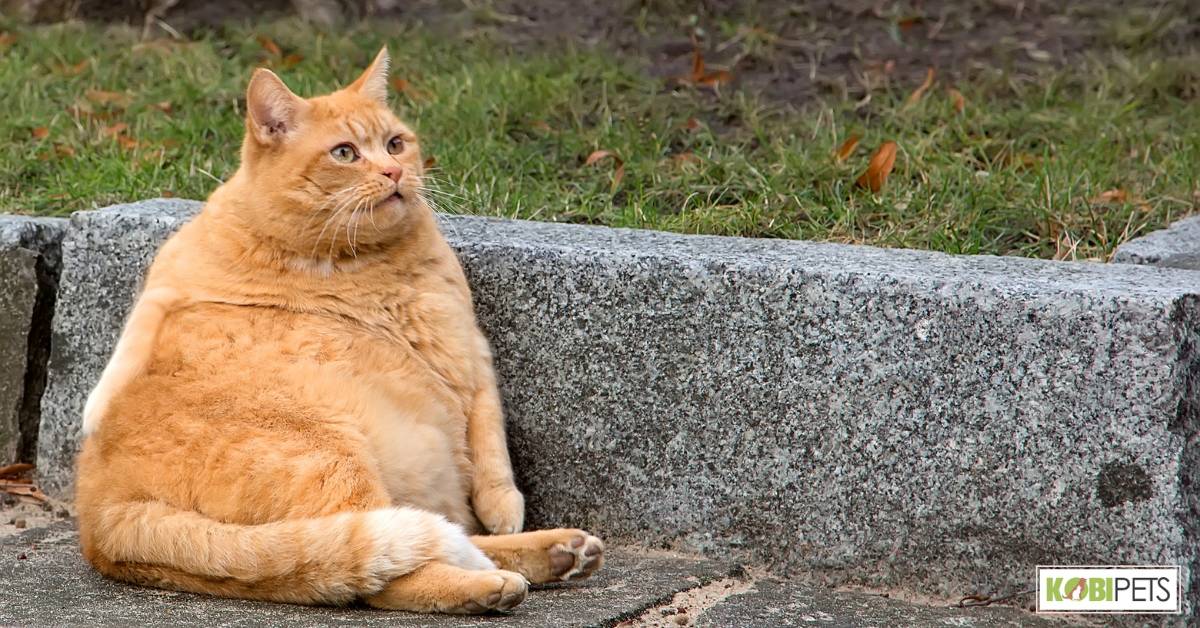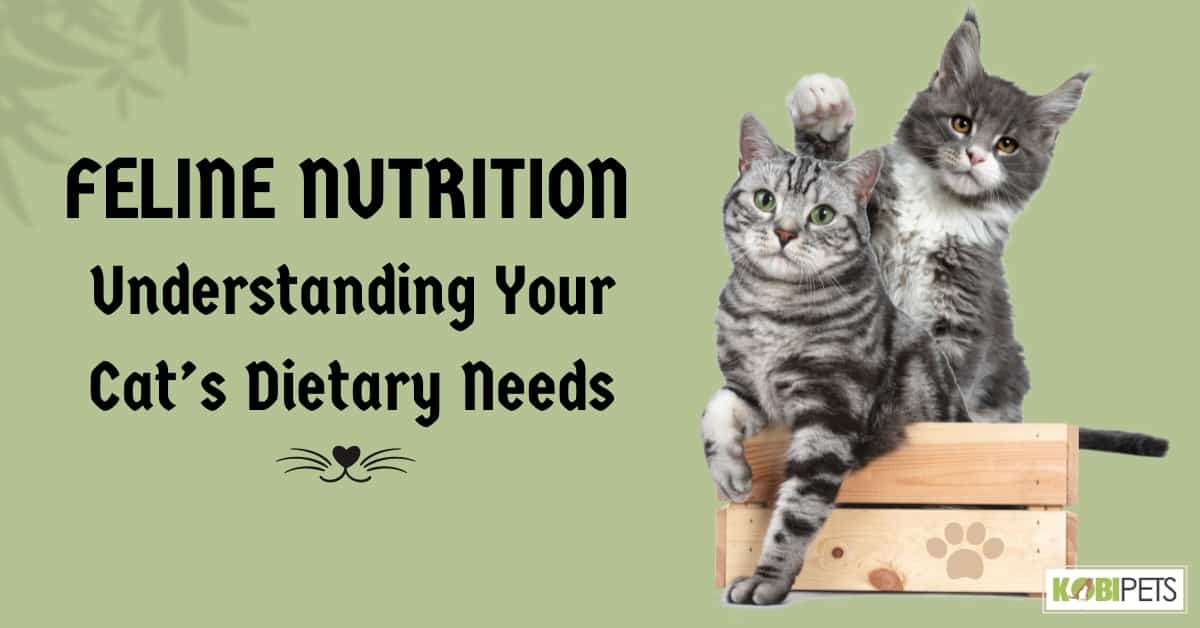
When it comes to keeping your feline friend healthy, understanding their dietary needs is key. Knowing what nutrients cats need in their diet and how to plan meals for them are essential steps when it comes to providing the proper nutrition for your cat.
Cats have different dietary needs than humans, so it’s important to understand what your cat needs in order to stay healthy. Knowing the essential nutrients cats require, understanding which type of food is best for them, and setting up a meal plan are all necessary steps when it comes to making sure your feline companion is getting the nutrition they need.
Why is it Important to Understand Your Cat’s Dietary Needs?
Understanding your cat’s dietary needs is essential for ensuring the health and longevity of its life. Providing proper nutrition is key to keeping cats of all ages healthy and happy. By meeting their nutritional requirements, you are helping to ensure they get the vitamins and minerals they need for a strong immune system, a glossy coat, and vibrant energy.
Well-balanced diets provide cats with everything they need to live a long and healthy life. As cats age, their nutritional needs change; without the right nutrients, cats can become prone to obesity or boredom which can lead to depression or aggression.
To make sure your cat is receiving the best diet possible, it’s important to consult with your vet in order to stay ahead of any potential problems that may arise from imbalanced nutrition.
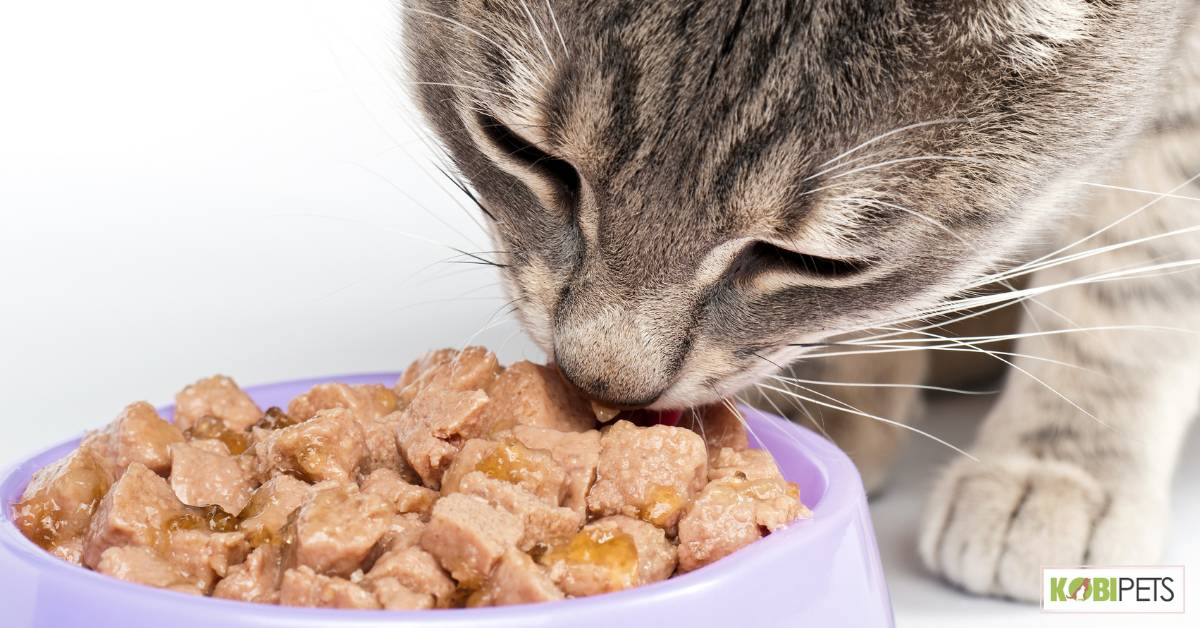
Choosing the Right Food for Your Cat
Wet vs. Dry food
Choosing the right food for your cat is an important decision, as nutrition plays a vital role in maintaining their health. Wet vs. dry food are two frequently used options; both have advantages and disadvantages.
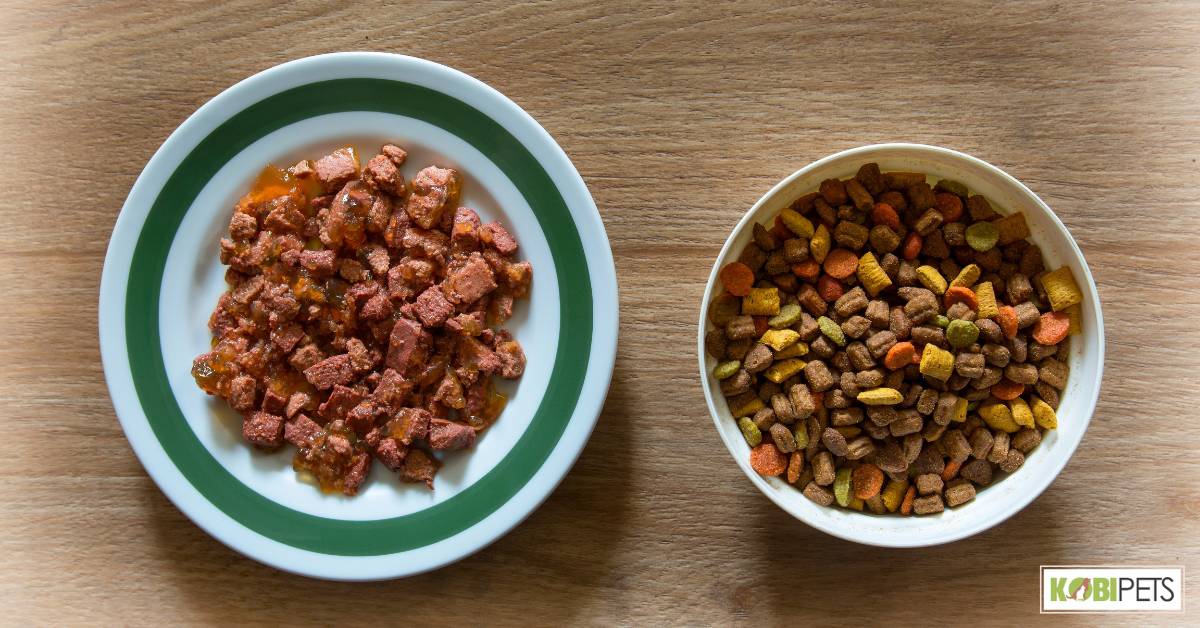
Understanding their nutritional profiles, differences in price and convenience, as well as your cat’s individual needs will help you determine which option is best for them.
| Wet Food | Dry Food |
| High moisture content | Low moisture content |
| More palatable and appetizing to most cats | Less palatable and appetizing to most cats |
| Generally more expensive | Generally less expensive |
| Perishable and requires refrigeration | Non-perishable and does not require refrigeration |
| Can provide additional hydration for cats | Can be less effective in providing hydration for cats |
| Can be beneficial for cats with dental issues | Can be abrasive for cats with dental issues |
| Often contains fewer preservatives | Often contains more preservatives |
| Can be more convenient for busy cat owners | Can be less convenient for busy cat owners |
Please note that this comparison is based on general observations and not all cats will have the same preferences. Also, this table should not be the only factor to consider when choosing the right food for your cat. It is always recommended to consult with a veterinarian before making changes to your cat’s diet.
Homemade vs. Commercial food
Deciding which type of food to provide for your cat can be a tricky and difficult task. While many people rely on commercial brands to feed their cats, making food at home is becoming an increasingly popular option, since it allows tailor-made meals suited specifically to your cat’s needs.
| Homemade Food | Commercial Food |
| Made with fresh, whole ingredients | Made with processed and preservatives ingredients |
| Can be tailored to meet your cat’s specific dietary needs | May contain fillers and by-products |
| The nutritional content can be controlled | Nutritional content may vary depending on the brand |
| Can be more expensive, due to the cost of ingredients | Generally less expensive than homemade food |
| Can be time-consuming to prepare | Convenient and easy to serve |
| Risk of contamination or spoilage if not handled properly | Generally have a longer shelf life |
| Can be beneficial for cats with food allergies or sensitivities | May contain ingredients that can trigger allergies or sensitivities |
Please note that this comparison is based on general observations and not all cats will have the same preferences. Also, this table should not be the only factor to consider when choosing the right food for your cat.
It is always recommended to consult with a veterinarian before making changes to your cat’s diet and when considering homemade food as it requires a good understanding of feline nutrition and food safety.
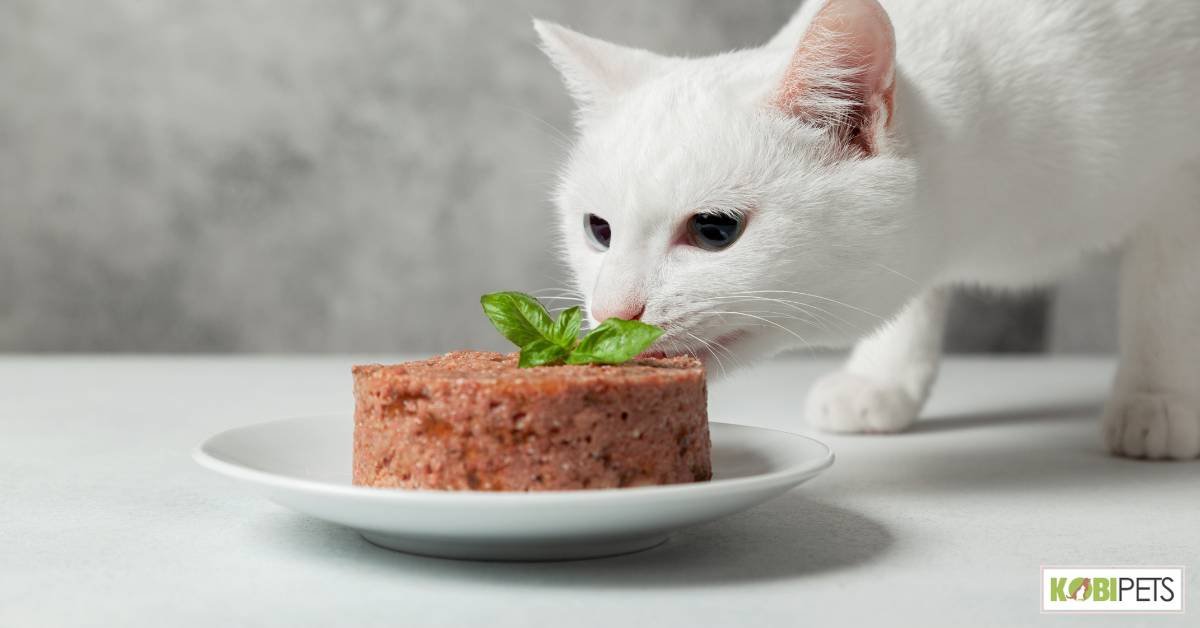
Understanding Cat Food Labels
Understanding cat food labels is an essential part of providing your cat with a healthy diet. For starters, you should always look for the Veterinary Oral Health Council seal of approval on any cat food to ensure it contains trusted ingredients that are beneficial for your kitty’s oral health.
In addition, the AAFCO (Association of American Feed Control Officers) label should be present since this is an indicator that the item has been scientifically evaluated and classified as complete and balanced nutrition for cats.
Furthermore, it’s recommended to read the list of ingredients on each product so you can identify which items may affect food allergies or sensitivities. Finally, understanding cat food labels will also show what proteins are included in the formula, helping you make sound dietary choices tailored specifically to your pet’s specific needs.
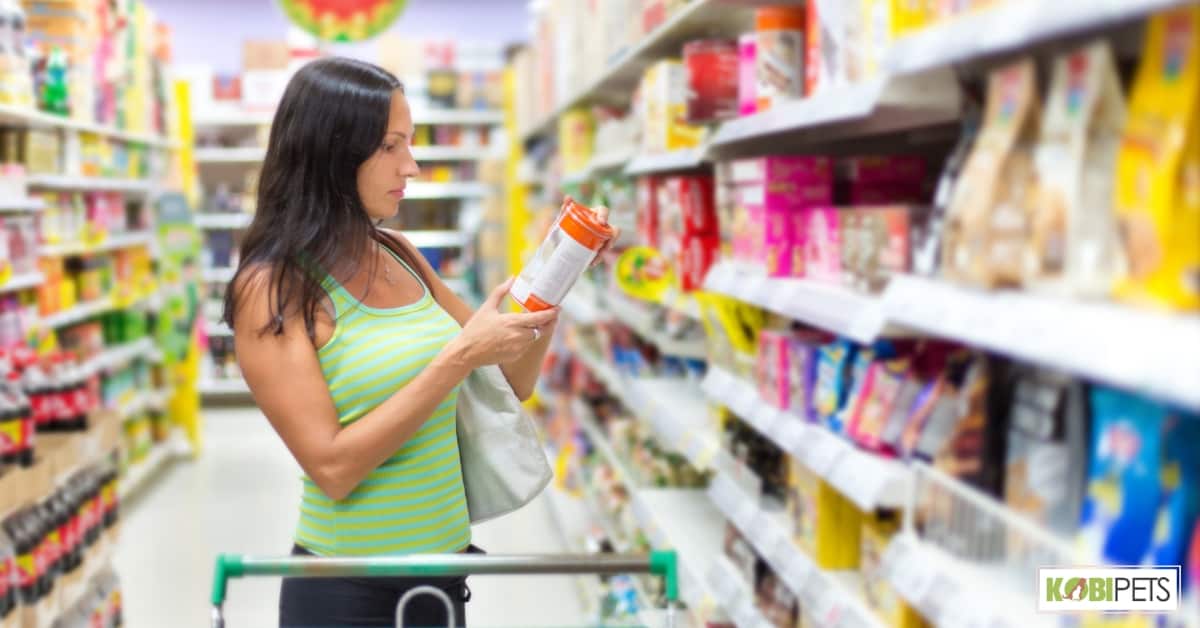
Consultation With a Veterinarian
Annual consultation with a veterinarian is essential for maintaining optimum animal health. Veterinarians can detect subtle signs of problems that may not otherwise be noticed by the animal’s owner.
During a routine exam, a veterinarian will thoroughly assess your pet’s overall physical condition, body weight, external and internal parasites and allergies, heart rate, and temperature. Annual vaccinations are also necessary to protect your pet from certain diseases.
Also, many veterinarians offer advice on nutrition and exercise to keep your pet in great shape all year round. A regular visit to the vet offers peace of mind knowing that any issues can be addressed before they become serious health problems.
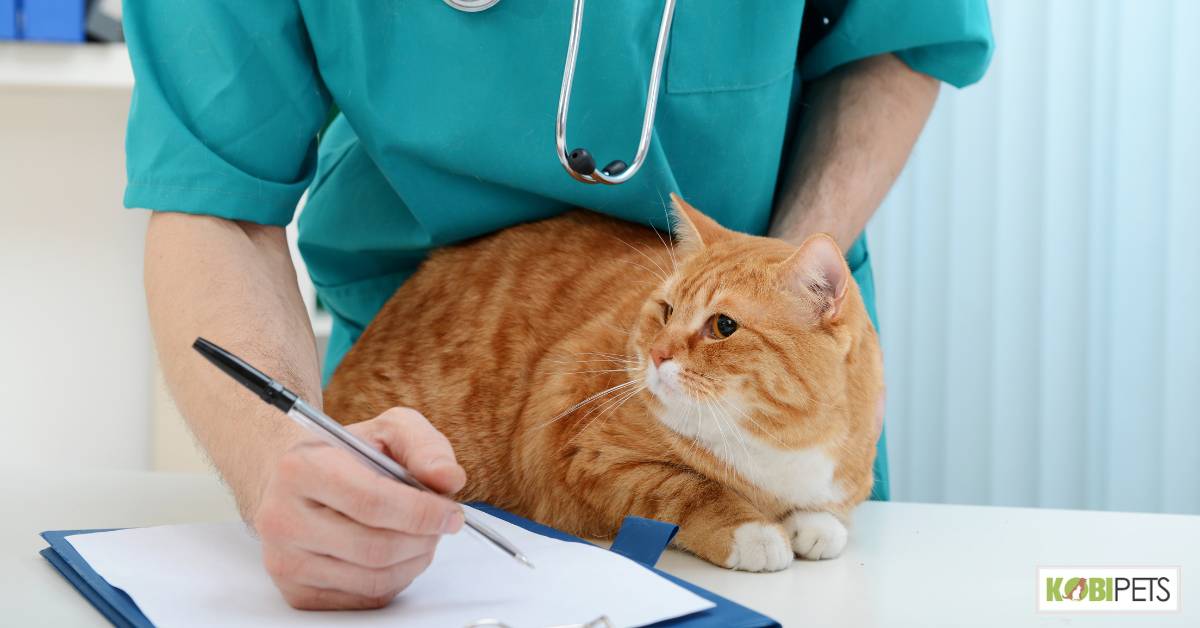
Nutrients a Cat Needs in Their Diet
Vitamins and Minerals
Providing cats with a diet that is rich in vitamins and minerals is essential for optimal health. When fed high-quality commercial cat food or administered supplements, cats can thrive on a balanced eating plan that includes the right mix of these important nutrients.
| Vitamin/Mineral | Function | Sources |
| Vitamin A | Essential for vision, immune system, and healthy skin and coat | Liver, fish oil, egg yolks, leafy greens |
| Vitamin D | Essential for bone health and calcium absorption | Fish, egg yolks, sunlight |
| Vitamin E | Acts as an antioxidant, protecting cells from damage | Vegetable oils, nuts, seeds, leafy greens |
| Vitamin K | Essential for blood clotting and bone health | Leafy greens, liver, fish |
| Vitamin B1 (thiamine) | Essential for nerve function and energy metabolism | Meat, fish, whole grains |
| Vitamin B2 (riboflavin) | Essential for energy metabolism and healthy skin and coat | Milk, eggs, meat |
| Vitamin B3 (niacin) | Essential for energy metabolism and healthy skin and coat | Meat, fish, whole grains |
| Vitamin B5 (pantothenic acid) | Essential for energy metabolism | Meat, eggs, whole grains |
| Vitamin B6 (pyridoxine) | Essential for red blood cell production and immune function | Meat, fish, whole grains |
| Vitamin B12 (cobalamin) | Essential for red blood cell production and nervous system function | Meat, fish, eggs |
| Folic acid | Essential for red blood cell production and DNA synthesis | Leafy greens, liver, eggs |
| Calcium | Essential for bone and teeth health | Milk, cheese, yogurt, leafy greens |
| Phosphorus | Essential for bone and teeth health, energy metabolism | Meat, fish, eggs, whole grains |
| Potassium | Essential for muscle and nerve function | Meat, fish, fruits, vegetables |
| Sodium | Essential for maintaining fluid balance and nerve function | Table salt, meat, fish |
| Iron | Essential for red blood cell production | Meat, fish, leafy greens |
| Zinc | Essential for immune function and wound healing | Meat, fish, nuts, seeds |
| Copper | Essential for red blood cell production, bone health | Meat, fish, nuts, seeds |
| Manganese | Essential for bone health, energy metabolism | Whole grains, nuts, leafy greens |
| Iodine | Essential for thyroid function | Fish, seaweed, iodized salt |
Please note that this table does not include all vitamins and minerals that cats require for a balanced diet, and the amount of each nutrient that cats need can vary depending on their age, health, and lifestyle.
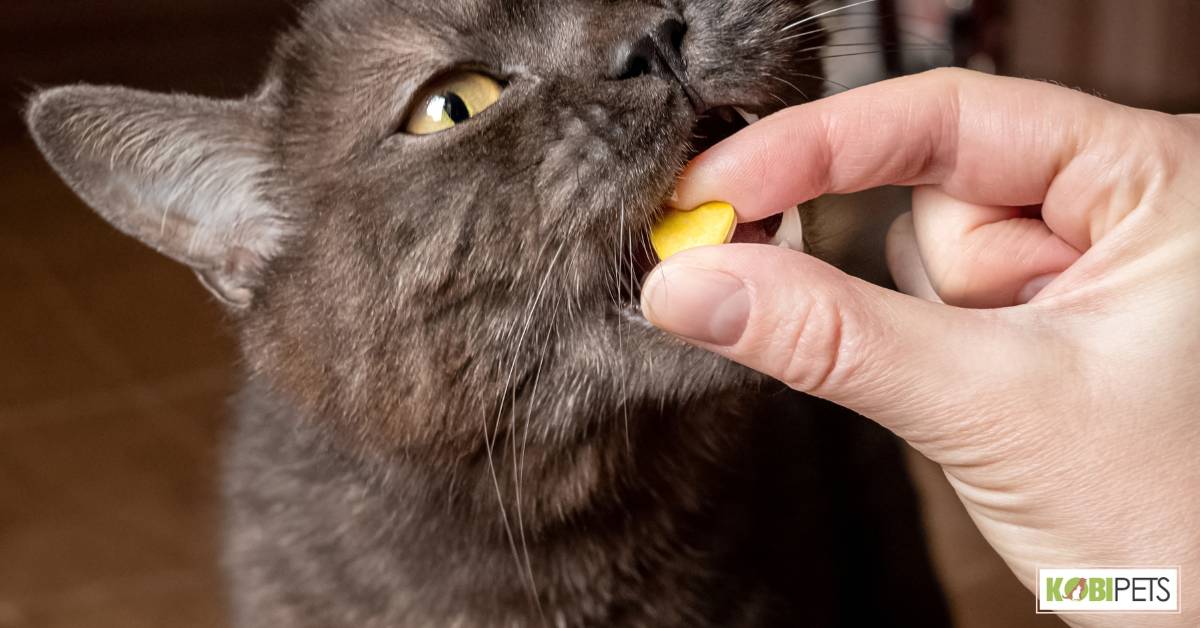
Protein
Cats are an important part of our lives and knowing how to feed them properly is essential. Protein, in particular, plays a significant role in providing the nutrition cats need to remain healthy and active.
Animal-based protein sources such as chicken, beef, salmon, fish, and liver are optimal for cats due to their high biological value, enabling them to provide more of the essential amino acids needed for overall health.
Protein should make up roughly 25% of a cat’s total diet and can be supplemented with other nutritious foods like leafy greens and low-calorie fruits. Making sure your kitty is getting enough protein is key to keeping him/her healthy, so it’s important owners pay close attention to their pet’s dietary needs.

Fatty Acids
Cats have specific dietary requirements and the fatty acids they contain to play a major role in maintaining a cat’s long-term health. The most important fatty acid for cats is arachidonic acid, which helps with skin, coat, and reproductive health.
Omega-3 fatty acids are also essential as they reduce inflammation and help with cognitive function. Additionally, cats should also consume omega-6 fatty acids as they provide energy to cats that need it and help protect their cardiovascular system.
Finally, an ideal diet will also contain linoleic acid as it has proven to improve the strength of their immune system and the condition of their skin and coat. These fatty acids can be found in quality pet food specifically made for cats, making sure that your cat receives all the nutrients it needs in order to stay healthy and active.
Fiber
Fiber is an essential nutrient for cats, necessary for healthy digestion. It provides many benefits, including contributing to feeling full between meals, helping promote gastrointestinal health, and providing bulk to help with the passage of material through the digestive tract.
Good sources of fiber typically found in cat food include beet pulp, rice bran, and wheat middlings. These not only provide nutrient-dense fibers but other vitamins and minerals that sustain a balanced diet.
Protein-rich ingredients like chicken meal or salmon are also essential for muscle building and energy in cats. Additionally, adding a few teaspoons of canned pumpkin to your pet’s diet consists of beneficial dietary fiber as well as vitamin A and important antioxidants.
All these ingredients can help your cat feel its best while providing the necessary nutrition to support a healthy lifestyle.
Water
Cats need a high moisture content in their diet to stay happy and healthy. Water is essential for them as it helps deliver important nutrients throughout the body and keeps their digestive systems running properly.
Without enough water, cats are at risk of becoming dehydrated, causing many health issues including but not limited to dehydration, kidney failure, urinary tract infection, and more. Drinking plenty of water daily is a great way to make sure that your cat is getting all the hydration they need.
Water can be offered both from a bowl or by providing canned wet food. It’s also important to periodically add toys like fountains and bubblers to the water bowl to encourage your cat to stay hydrated throughout the day.

Meal Planning for Your Cat
Feeding schedule
A feeding schedule for a cat would generally depend on the cat’s age, activity level, and overall health. Here’s an example of a general feeding schedule that you can follow and adjust as needed:
- For kittens (up to 6 months old):
Feed 3-4 small meals per day, with at least 2-3 hours between meals. Gradually transition to 2 meals per day at around 4-5 months old.
- Adult cats (6 months to 8 years old): Feed 2 meals per day, with at least 12 hours between meals.
- Senior cats (8 years and older): Feed 2-3 small meals per day, with at least 4-6 hours between meals.
- Indoor cats: Feed 2 small meals per day, with at least 12 hours between meals.
- Outdoor cats: Feed 2 small meals per day, with at least 12 hours between meals.
It’s important to note that the above schedule is just a suggestion, and the best feeding schedule for your cat will depend on their unique needs. It’s always best to consult with a veterinarian before making any changes to your cat’s diet or feeding schedule. Also, make sure to always have fresh water available for your cat at all times.
It’s also important to monitor the cat’s food intake and body condition to make sure that the cat is getting enough to eat. Some cats may be prone to overeating and others may be finicky eaters, so it may take some experimentation to find the right feeding schedule and amount of food that works for your cat.
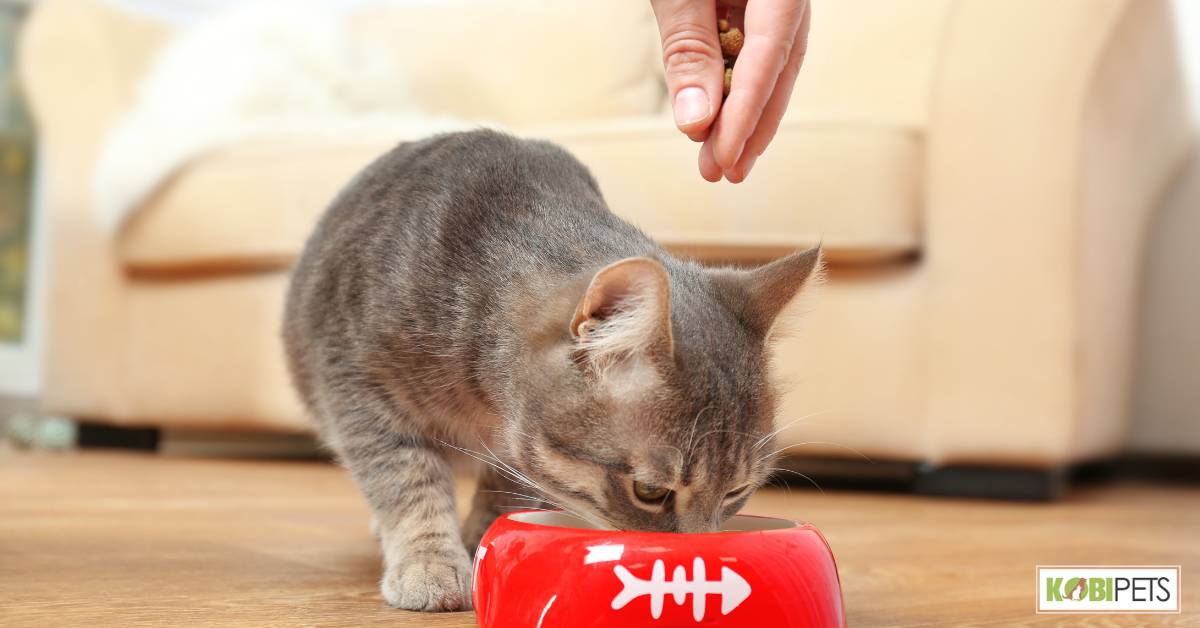
Portion control
Portion control is an important aspect of meal planning for cats to ensure that they are receiving the correct amount of nutrients and to prevent obesity. Here are a few tips for portion control when feeding your cat:
- Follow the feeding guidelines on the cat food packaging: Most cat food packaging will have guidelines for how much food to feed your cat based on their weight and age.
- Use measuring cups or a kitchen scale: This will help you to accurately measure the amount of food you are giving to your cat.
- Control the size of the meal: Instead of leaving food out all day, divide the daily portion into 2-3 small meals and monitor the cat’s food intake.
- Monitor your cat’s body condition: Keep an eye on your cat’s weight and body condition and adjust the portion size as needed. If your cat is gaining weight or becoming overweight, reduce the portion size or increase the amount of exercise.
- Consider special dietary needs: Cats with certain health conditions may require specific portion sizes or types of food. Consult with a veterinarian to determine the best diet and portion size for your cat.
- Avoid table scraps: Table scraps can be high in calories and may not provide the necessary nutrients for a cat’s diet.
It’s important to remember that each cat is different, and the portion size may vary depending on the cat’s age, activity level, and overall health. It’s always best to consult with a veterinarian before making any changes to your cat’s diet or feeding schedule.
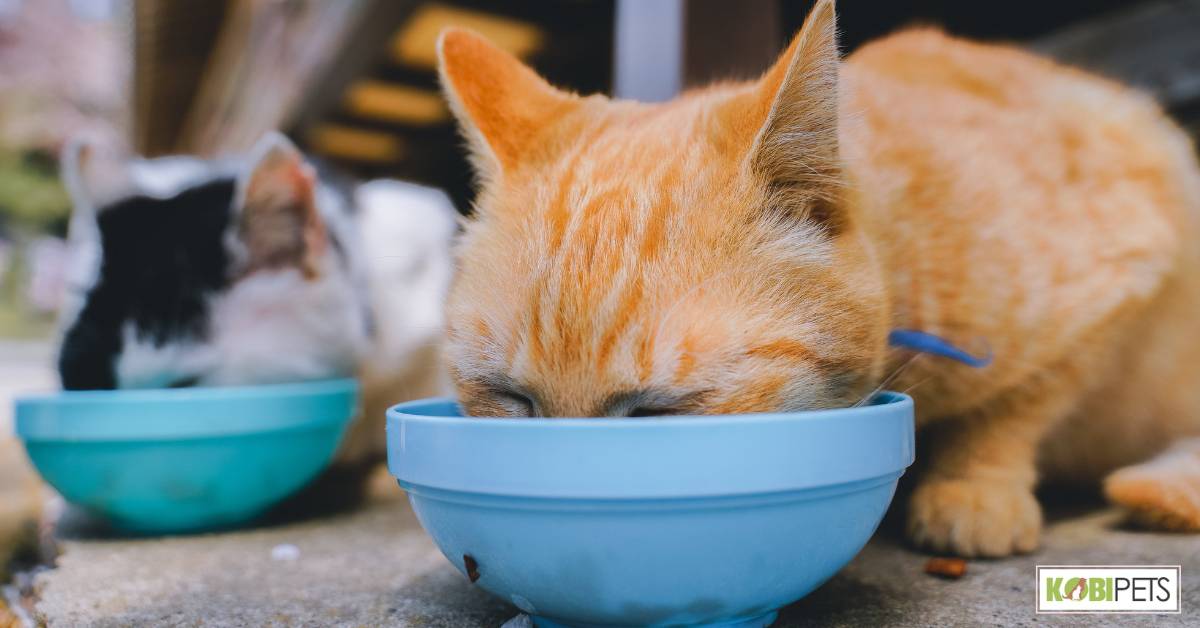
Special dietary needs (such as for overweight or elderly cats)
Meal planning for cats with special dietary needs is a bit different than it is for a typical cat. If your cat is overweight, you need to take a closer look and find foods that are low in fat, while also providing the necessary protein.
On the other hand, elderly cats need more calories, but those calories should come from whole sources of food like fish or chicken, as well as higher-fiber sources like sweet potatoes and rice.
As cats age, their metabolism slows down so it can be challenging to keep up with their caloric needs. Additionally, senior cats may have cosmetic changes such as thinning fur or constipation – both of which can be addressed through adjustments to their meal plans and emphasis on high-quality proteins and complex carbs.
A veterinarian is essential when developing meal plans for special dietary needs to ensure the best possible nutrition.
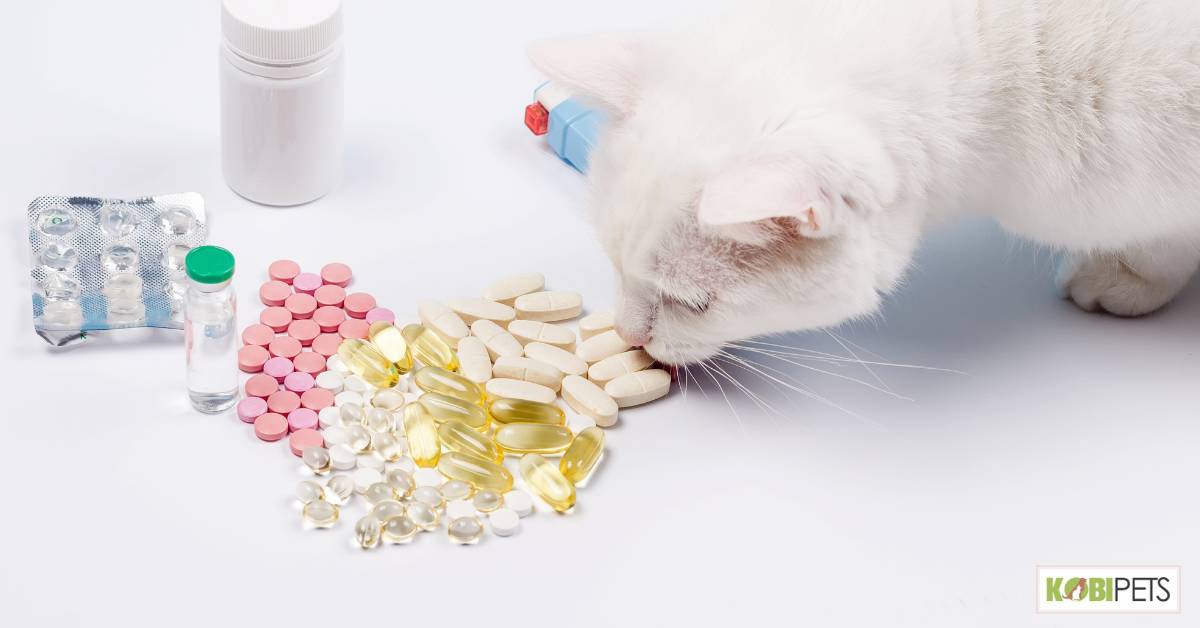
Common Nutritional Issues in Cats
Obesity
One of the most common health issues among cats is obesity. Poor diet, lack of exercise, or both can quickly lead to weight gain in cats. The best foods for cats are those that are specifically formulated for them and meet their specific nutritional requirements.
Fruits, vegetables, and grains should not be a substantial part of a cat’s diet as they lack essential nutrients that cats need – such as taurine. To maintain a healthy weight, cats should be fed balanced meals twice daily based on their size and activity level; treats should be limited to no more than 10% of their daily calories.
Regularly weighing your cat is an important step to ensure they are maintaining a healthy weight and discussing any concerns with your veterinarian is highly recommended if you feel like your cat has gained too much weight.
Nutrient deficiencies
Cats require complete and balanced nutrition for well-being, just like humans do. Unfortunately, many cats suffer from nutrient deficiencies due to poor-quality foods or dietary imbalances, leading to common nutritional issues such as vomiting and diarrhea.
The most frequent deficiency seen in cats is that of essential vitamins and minerals. Iron, calcium, magnesium, vitamin A, and thiamine are but a few of the key nutrients that a cat requires for health and vitality.
While short-term deficiencies may be addressed with supplementation, more severe cases may need medical intervention via the use of fortified diets or even intravenous fluids. With proper nutritional planning and monitoring, however, nutrient deficiencies can easily be avoided and your cat will enjoy a happy and healthy life.
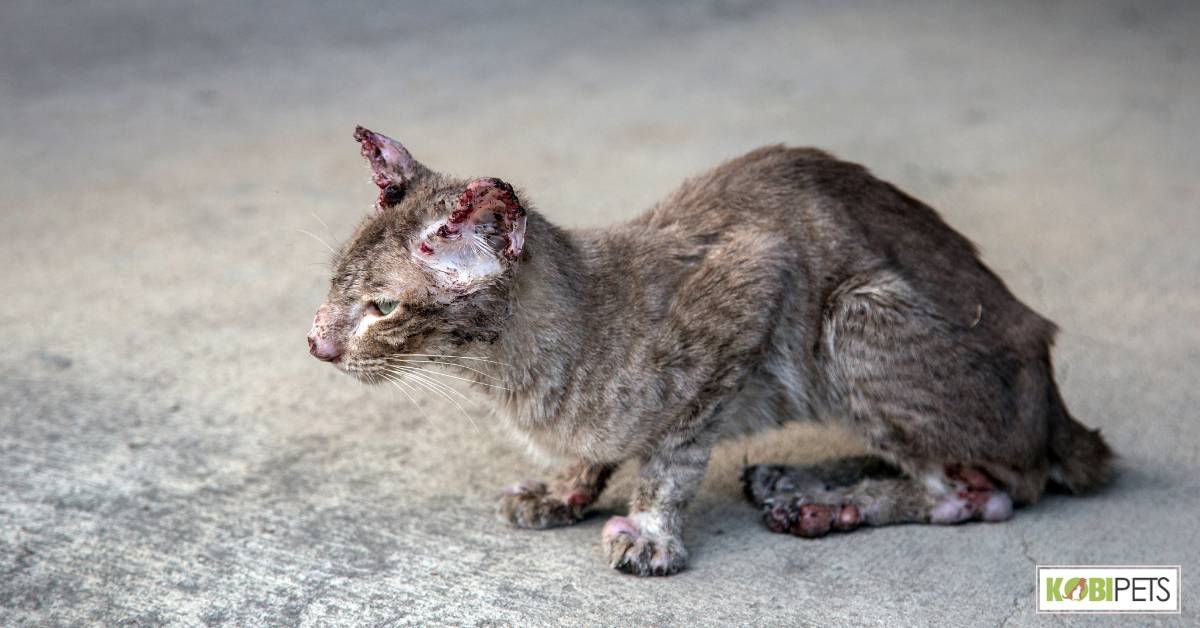
Food allergies
Food allergies are one of the most common nutritional issues affecting cats. Most cases involve an immune system reaction to protein from food, often with symptoms such as vomiting, diarrhea, and itchy skin being present.
Other allergens may include certain grains, although these are much less frequent. Diagnosis requires a strict process of trial and error in order to determine the source of the food allergy and in severe cases, may require the pet parent to feed their cat a specially formulated diet or even hypoallergenic food.
Treating food allergies can be challenging but can also be incredibly beneficial for both cats and their owners if executed properly. Prevention is certainly best, however, as reducing contact with potential allergens is key to avoiding symptoms altogether.
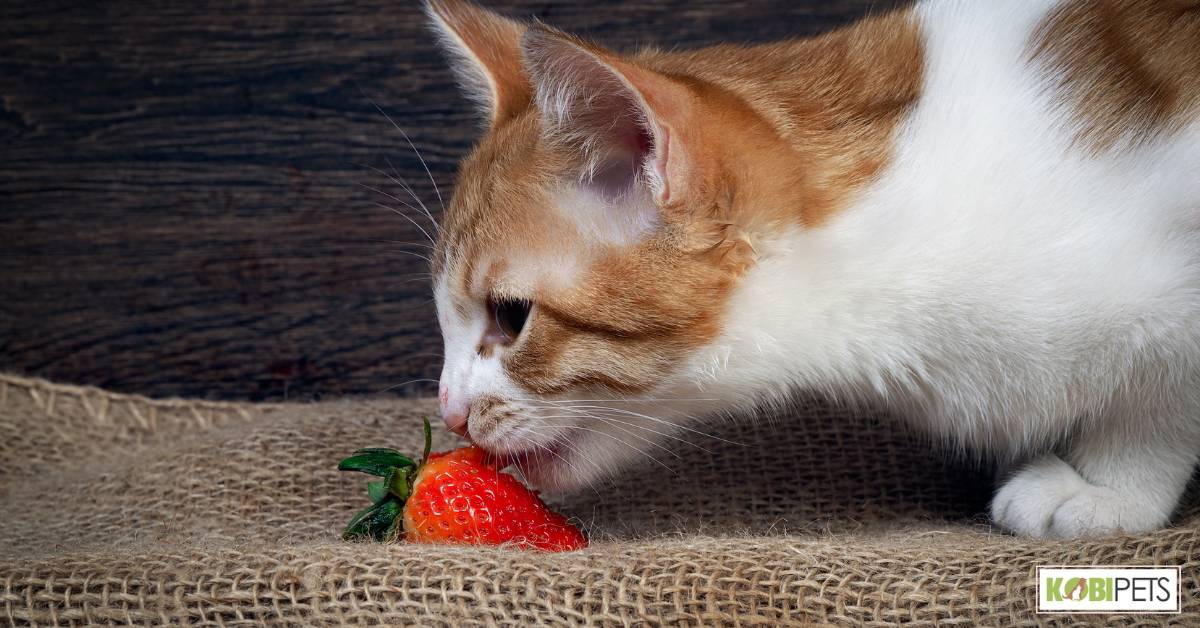
How to Address These Issues
Cats require a nutritionally balanced diet for optimal health, but many cats suffer from nutritional deficiencies that lead to excessive weight gain, digestive issues, and general malaise.
Fortunately, addressing common nutritional issues in cats can be much simpler than most owners think. In most cases, providing fresh food with a balanced ratio of proteins derived from organic sources along with essential vitamins and minerals is the best approach.
It’s important to note that cats need supplemental taurine as part of their regular diet; this important amino acid helps them grow strong bones and maintain a healthy heart. Additionally, controlling portion size and avoiding snacking between meals are both key components of any feline nutrition plan.
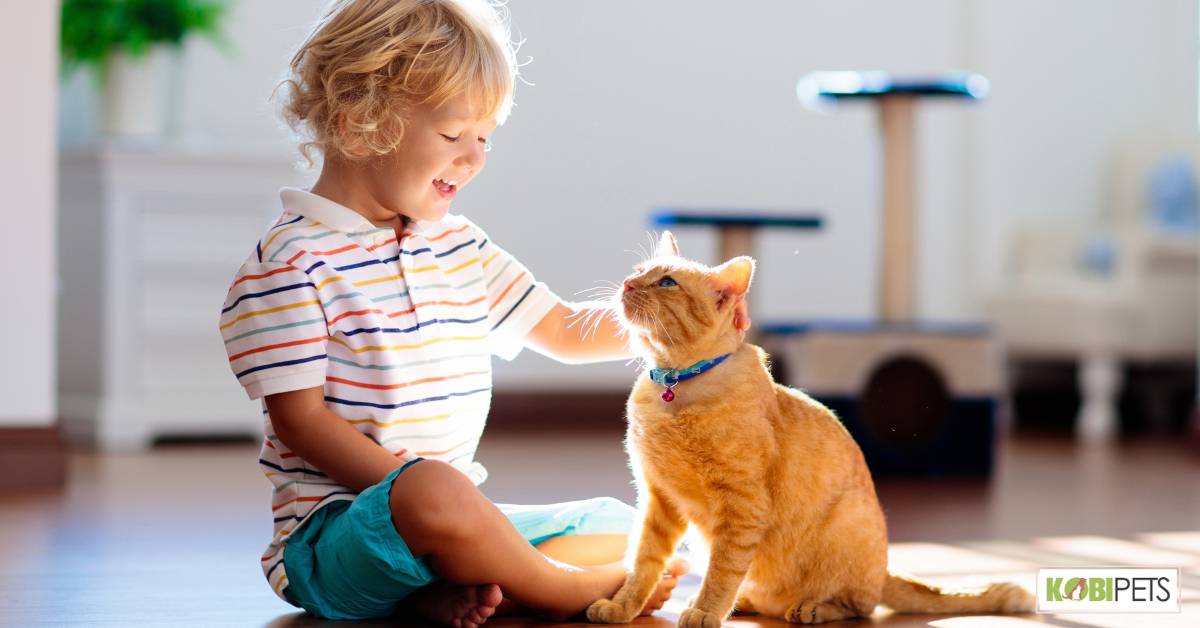
In Conclusion
A nutritionally balanced diet is essential for cats to stay healthy and active. Proper portion control, high-quality proteins, and adding essential vitamins and minerals to their daily meals will help ensure that cats get the nutrition they need to thrive.
Owners should always consult with a veterinarian if their pet is not receiving a balanced diet or is showing signs of nutritional deficiencies. With proper care and nutrition, cats can enjoy a happy and healthy life.
